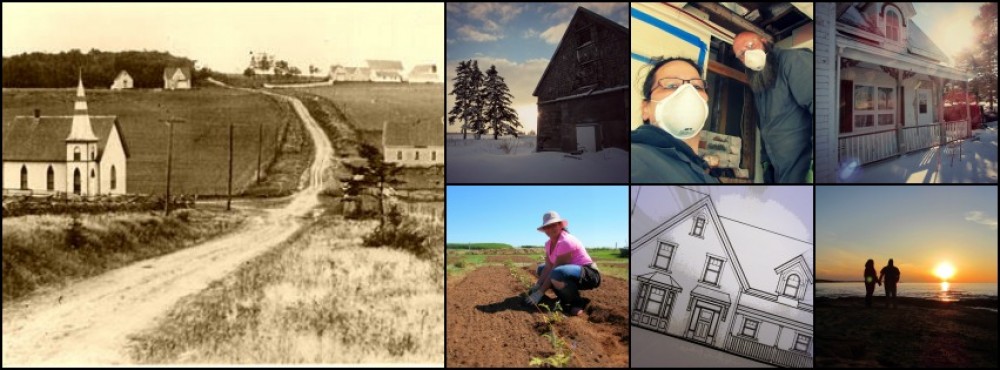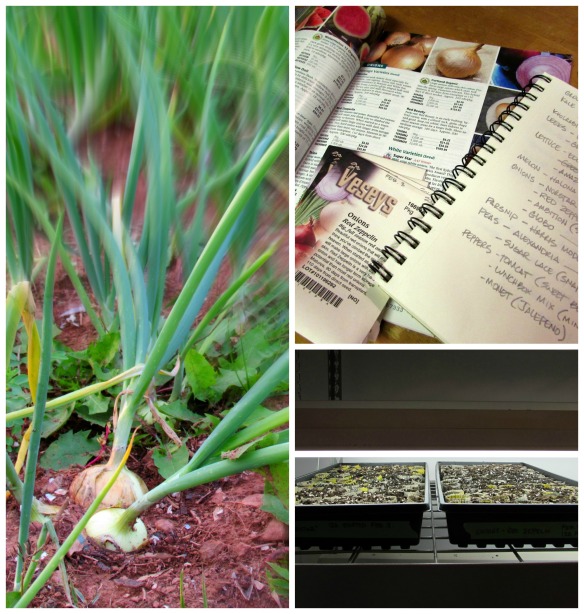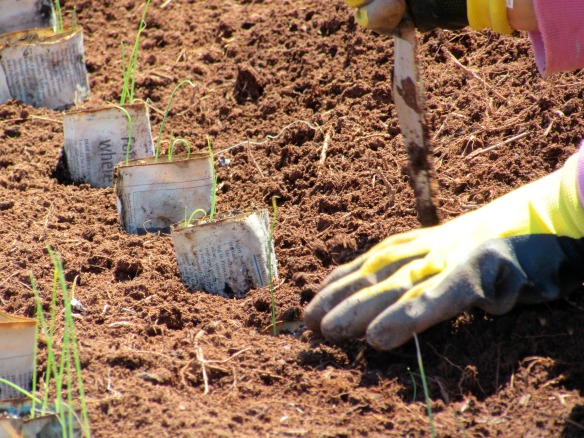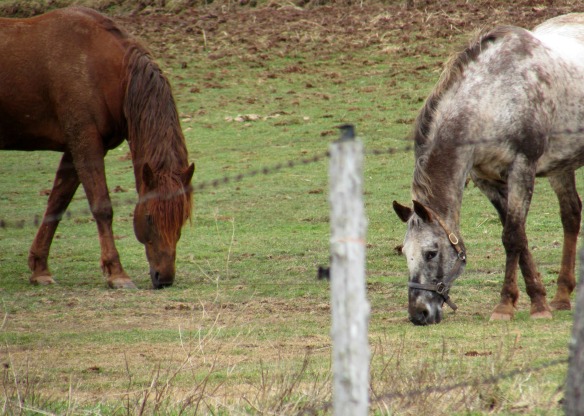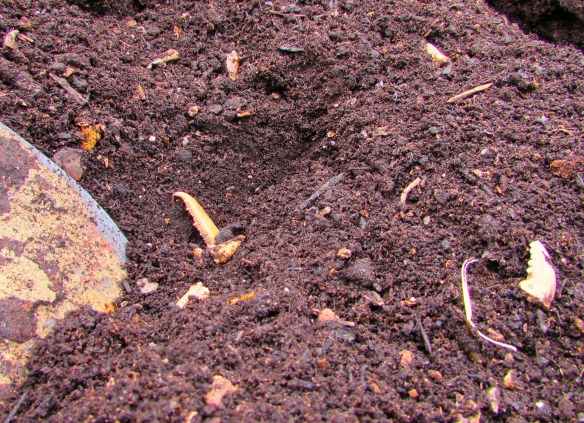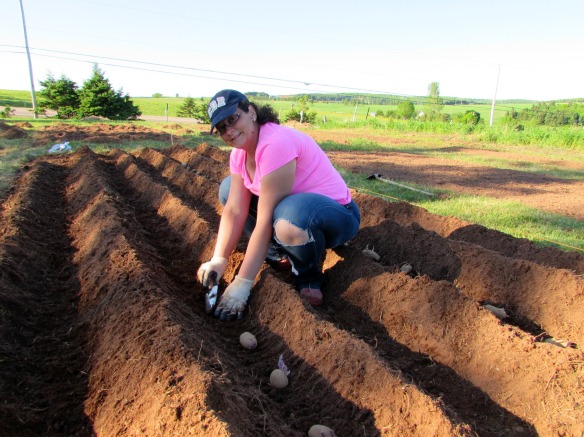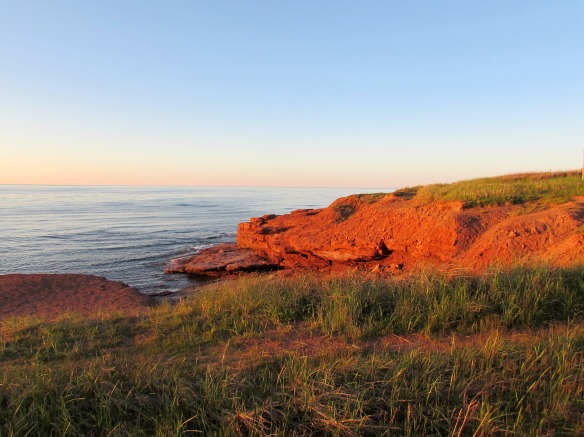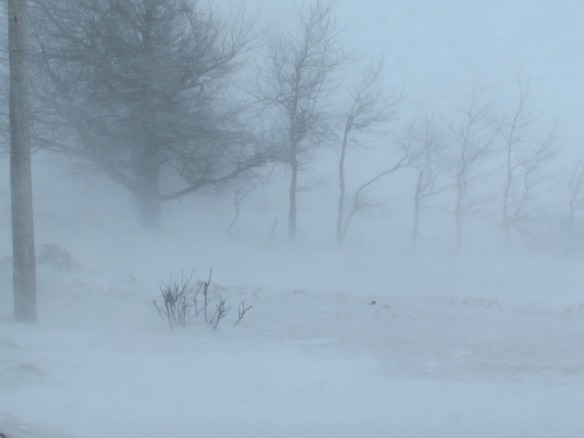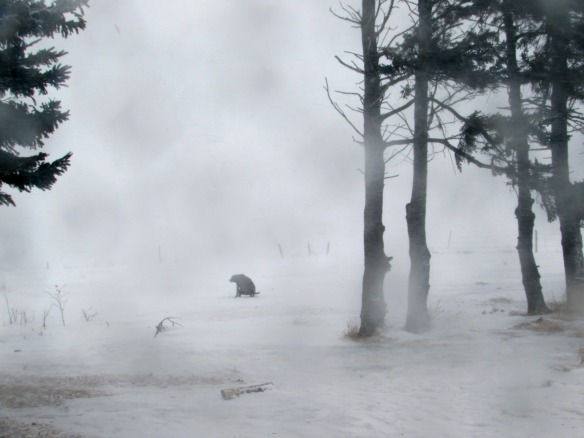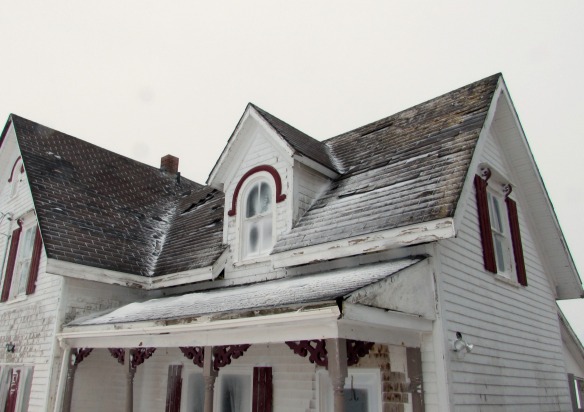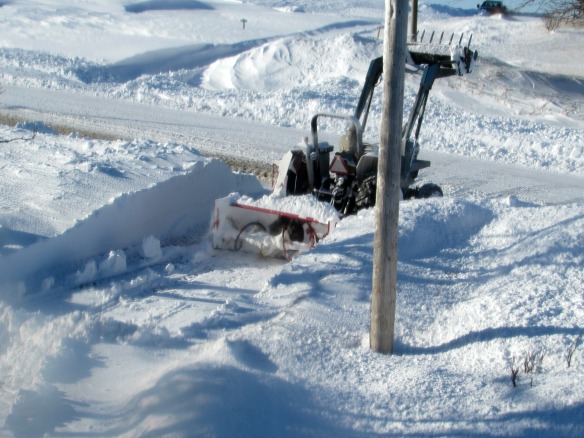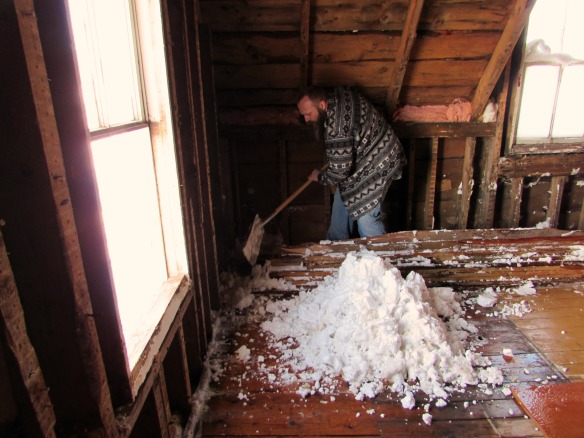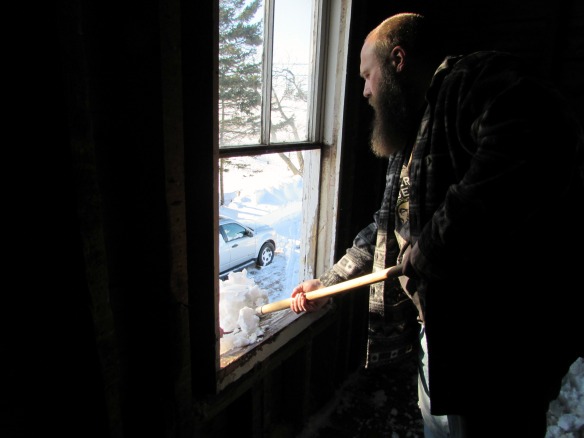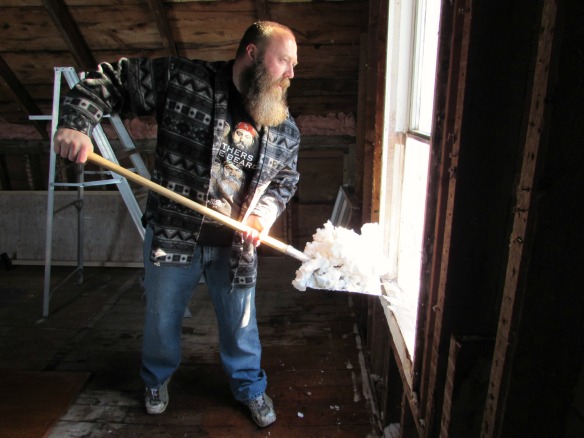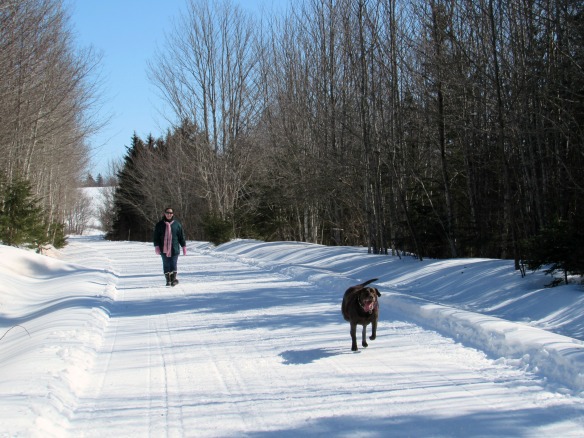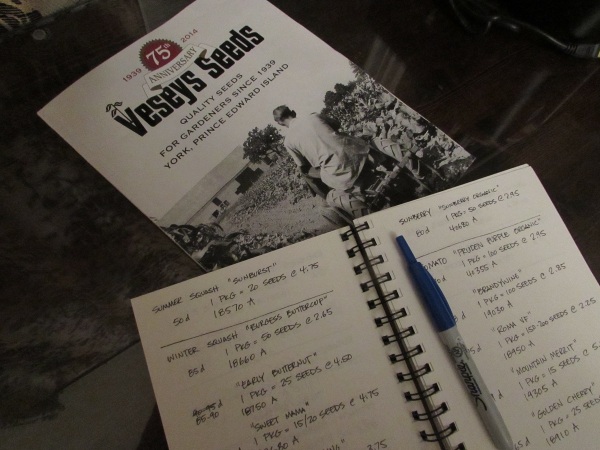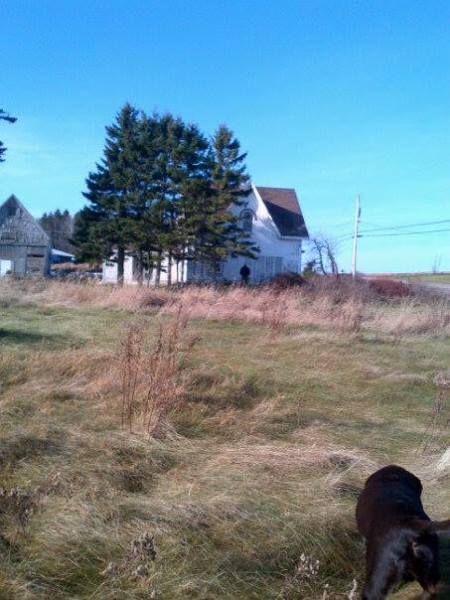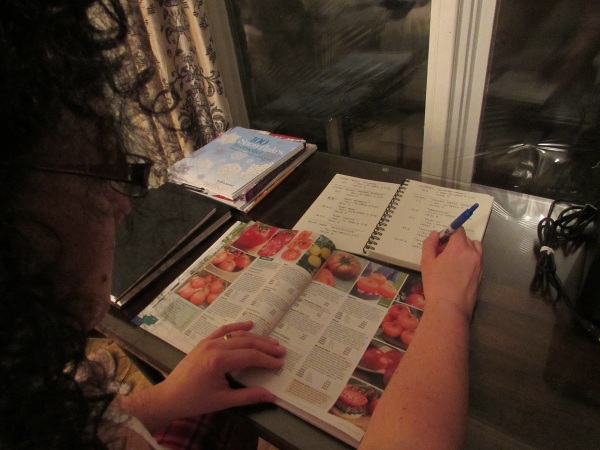We’ve had a pretty busy season here at our old island home and things we’ve been wanting to do have slowly been falling into place. Our biggest news of the year has been several weeks in the making….
That’s right! This year we’re launching our veggie box program and market stand and you can check it out here: http://ouroldislandfarm.wix.com/ourfarm
If at all possible, we’d like to kindly ask that you to find us on Facebook at Our Old Island Market Farm, like the page and share it with as many people as possible – especially if you or your friends are in the island – but obviously everybody is welcome to ‘like’ what we’re doing.
The past two years we’ve been learning PEI’s growing seasons as we’ve been growing all the vegetables for our own needs and sharing our excess with friends and neighbors. This year we are ramping up production by incorporating some highly intensive gardening practices to maximize our output and offering weekly vegetable boxes valued at $25.
The last several weeks have been crammed with starting seeds, planning the garden layout and revamping our rotation plan and determining the produce needs for ourselves plus several weekly customers.
Over the next few weeks, the seedlings will be hardened off and ready for transplanting under row covers until the risk of frost has passed. In the meantime, bathroom plumbing is underway, the original 130 year old doors are being stripped of several coats of paint, new wood flooring is being milled and finished for installation and plans for the kitchen addition are underway. Suffice to say, if you’ve been missing our regular posts, stay tuned, things are about to get a little crazy.
